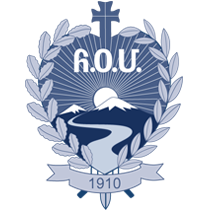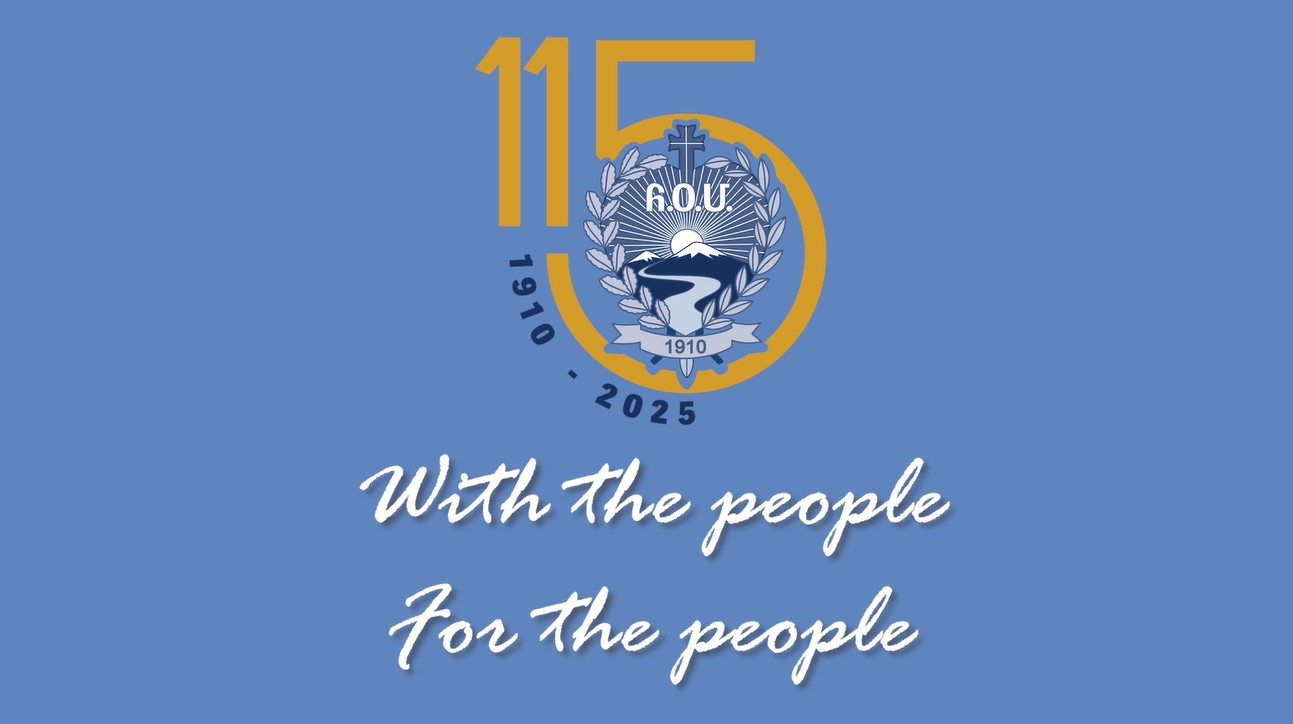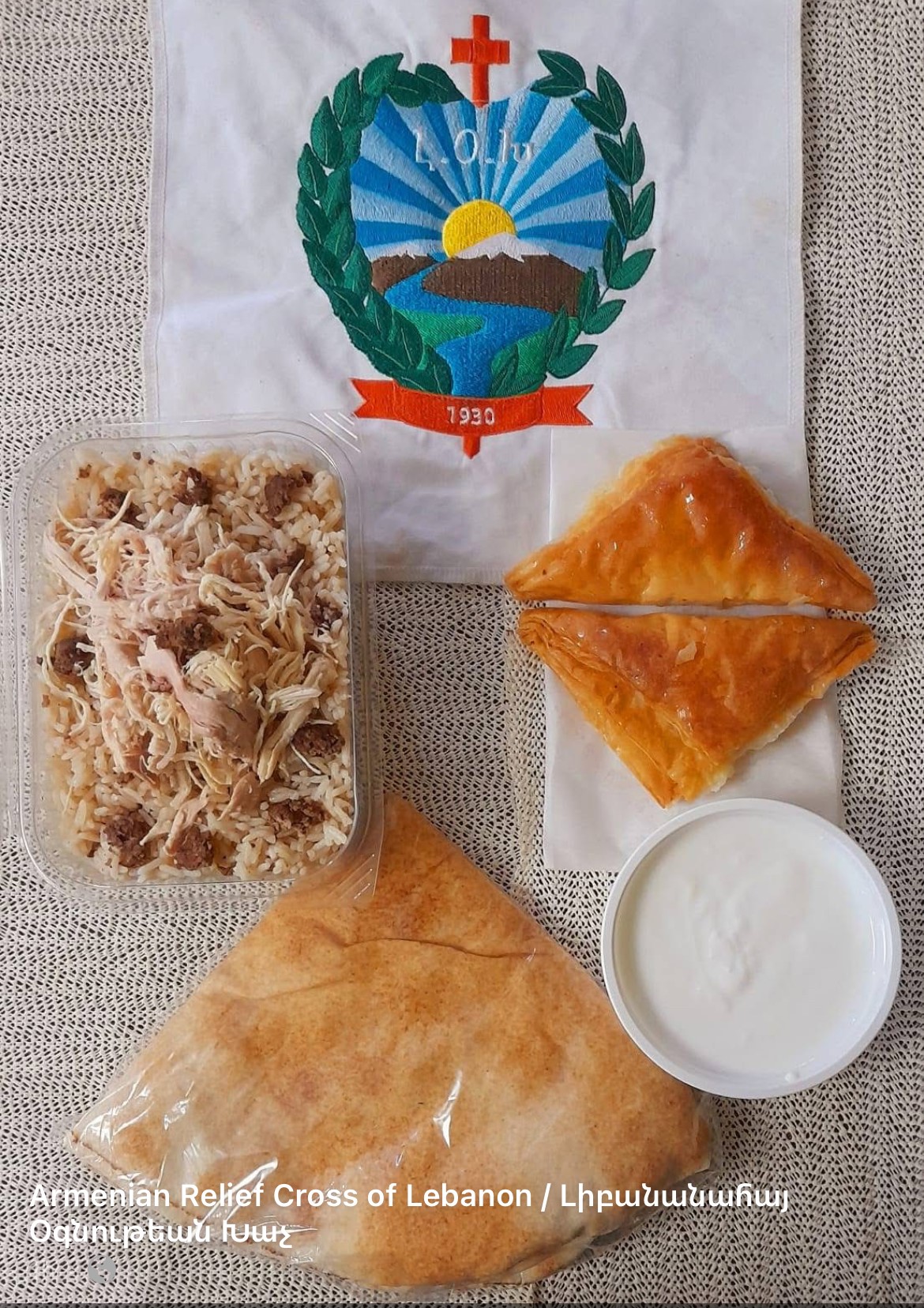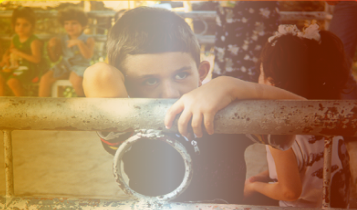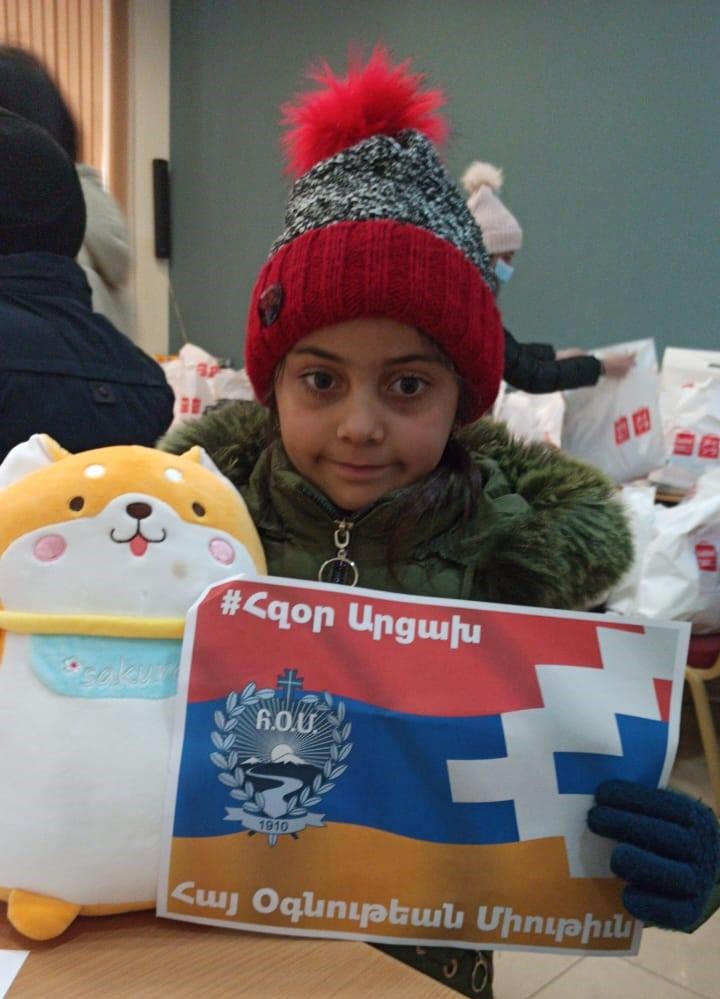Javakhk

There are two working youth centers in Javakhk. The Akhaltskha & Akhalkalak Armenian youth centers were inaugurated in 2006 and 2007, respectively. A new center in Bogdanovka was purchased in 2010.The three centers were bought and repaired by the ARS Javakhk Fund Committee of the Western USA.The Centers serve to strengthen & enrich the knowledge of the youth of Javakhk. Approximately 250-300 young people of different ages, from nearby Armenian villages attend different activities free of charge.
Javakhk’s Historical Past
Until the beginning of the 8th century B.C., Javakhk had been a self-governing nation inhabited by ethnic Armenians. It was absorbed into the unified Kingdom of Van, constituting its largest province on the northwestern frontier.Along with all of northern Armenia, Javakhk was under Persian rule until the Arab invasions of the 7th century. Javakhk went on to be devastated by the Seljuks and subjugated by invading Mongol conquerors. The Armenian-populated principality maintained its autonomy until the mid-1500s.
Towards the end of the 15th century, Javakhk became the target of numerous aggressors including Persians and Ottoman Turks. At the beginning of the 19th century, the Russian Empire’s involvement in Transcaucasia became more active. In 1829, based on the Treaty of Adrianopolis, the provinces of Akhalkalak and Akhaltskha were turned over to Russia. In the early 20th century, data showed that the overwhelming majority of the population (72.7 percent) was Armenians. The Akhalkalak province marked great socio-economic and cultural progress, turning into a technological center, while the villages played an important role in providing grain to the Transcaucasus. During this time, the Regional Executive Committee of Akhalkalak passed a resolution to administratively unite with Armenia.
In 1918, the Turkish military command began activating plans for an invasion. With Turkish instigation and support, the Meskhetians staged an attack on the city of Akhaltskha, whose Armenian and Georgian population showed a heroic resistance. The invading Turkish troops and the local Meskhetians plundered the villages and massacred those who had remained behind.It was during the massive deportations from Akhalkalak that the three Transcaucasian republics became independent. With its May 28 Declaration, the Armenian National Council assumed supreme power as sole authority in the Armenian provinces. Western Armenia, Karabagh, Javakhk, and other territories remained within its scope.
Later, the province of Akhalkalak was subjected to new attacks by the Kemalist Turks. As a result of the Turkish aggressions of 1918 and 1921, the Akhalkalak region lost 42-45 percent of its Armenian population through armed conflict, famine, and epidemics. In 1921 the Red Army entered Lori from Armenia and Akhalkalak from Georgia. After the retreat of the Turkish forces, the population of Javakhk petitioned to attach the province to Soviet Armenia. These requests were rejected. Thus, the historically Armenian Javakhk was given to Georgia.
During the years of the Soviet regime, as a result of the prevailing difficult socio-political conditions, the population’s exodus from Javakhk became an endemic demographic phenomenon. Today, historic Javakhk, with its two regions, its Armenian populated villages and a population of more than 100,000 (95 percent Armenian), constitutes the most homogenous Armenian territory outside the borders of the Armenian Republic that continues to exist as a living entity of Armenian language, culture, and customs.
Programs & Projects
In 2001, the Armenian Relief Society (ARS) founded the Javakhk Fund program, and the ARS of Western USA established a Javakhk Fund Committee. The program headquarters are located in Yerevan, Armenia, with affiliate headquarters in Glendale, California, as well as other ARS regions worldwide. The high rate of unemployment, lack of rural access to healthcare and systematic governmental neglect has severely marginalized the Armenian population of Javakhk. In response to their alarming living conditions, the ARS Javakhk Fund has initiated several year-round programs focusing on health care, youth, education, social assistance and Armenian culture.
Health Care
Since the Georgian government implemented reforms in the mid 1990s, which led to further privatization of healthcare, access to proper medical care for Javakhk Armenians became nearly impossible. The ARS Javakhk Fund allocated funding to remedy the situation created with lack of modern equipment, unreliable emergency generators, inoperable ambulances and the absence of accessible hospitals.
The ARS Javakhk Fund assisted in providing ambulatories in 16 villages as well as organized a training for doctors and nurses in the Ninotsminda-Akhalkalak region to provide primary healthcare to the overall region. The new Georgian policy to have a registered Georgian doctor in each health clinic creates major obstacles for the newly trained Armenian nurses, who operate in these clinics.
Youth Centers
There are two working youth centers in Javakhk. The Akhaltskha & Akhalkalak Armenian youth centers were inaugurated in 2006 and 2007, respectively. A new center in Bogdanovka was purchased in 2010.The three centers were bought and repaired by the ARS Javakhk Fund Committee of the Western USA.The Centers serve to strengthen & enrich the knowledge of the youth of Javakhk. Approximately 250-300 young people of different ages, from nearby Armenian villages attend different activities free of charge. Both centers have a library and internet access. Here are a few activities that Akhaltskha and Akhalkalak centers provide to the young Javakhk population:
Armenian courses – for Armenian students attending Russian schools:
- Courses in History of Armenia
- English language courses: English is considered one of the most important international languages of communication. The majority of the pupils attending the courses are Georgians.
- Computer courses: basic computer and internet courses are of great importance, creating an outlet to the outside world.
- Needlework courses
- Singing, Dancing and Theatrical courses
- Chess & painting clubs
- The Bogdanovka Armenian Center is located on the central avenue of the city. The center will start its activities soon.
- The Javakhk Fund Committee anticipates the purchase of a fourth youth center in the Poka village located near the Tsalka-Ninotsminda road, which is significant, since the youth are leaving the village due to lack of work.
Education
The lack of governmental funding to the region has led to the degradation of local Armenian schools. Schools had to turn to parents to provide funds for heating classrooms, and did not have adequate funds for schoolbooks and supplies. The ARS Javakhk Fund allocated funds to ensure better educational opportunities for youth, by funding school renovation projects, teacher-training seminars, writing workshops, and competitive opportunities for students.
Javakhk Coin Bank Drive
The “Javakhk Coin Bank Drive” is organized every year by the ARS Javakhk Fund Committee. The campaign mobilizes school children from local Armenian schools to raise money for the organization’s various humanitarian and youth-oriented projects in Javakhk.The Coin Bank Project’s aims are two-fold. Alongside raising money to provide humanitarian assistance in the region, the program also seeks to help educate our youth attending Armenian day schools and ARS schools about the needs of the children living in Javakhk.
In 2012, a children’s book titled, “Javakhk, A World That Cares”, was published written by Jennifer Salmassian and illustrated by Brittany A. Baughman. The book is intended as an educational supplement to teach schoolchildren at age levels six to ten about Javakhk. It provides expressive illustrations accompanied with vignettes of Armenian children around the world.
